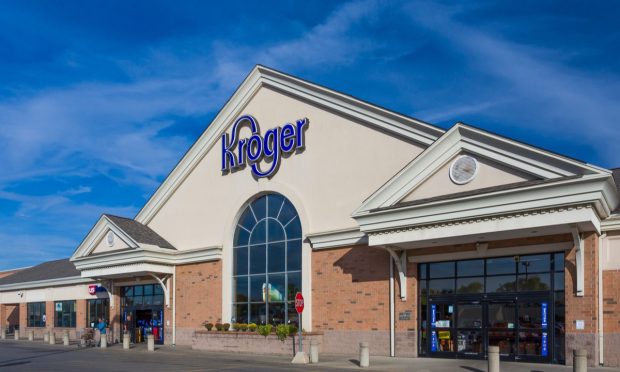Kroger Leverages Personalized Rewards to Boost Price-Conscious Customers’ Spending

As food prices continue to rise, grocers are at an inflection point when it comes to price-conscious consumers. Their responses to this rapid inflation could either cement these shoppers’ loyalty or send them running to competitors.
The Kroger Co., the United States’ largest pure-play grocer, has been looking to its loyalty program to gain valuable consumer data, leveraging these insights to offer personalized rewards in an effort to keep these shoppers coming back.
“If you look at our connection to that [value-conscious] customer segment, it actually improved in the fourth quarter versus prior year,” Kroger Chairman and CEO Rodney McMullen told analysts on a call discussing the company’s fourth-quarter and full-year 2021 financial results. “And what customers are finding is our fresh departments are a huge strength, and then they’re able to get personalized rewards and engage with us on promotional items and things like that.”
Price is the No. 1 most-cited factor influencing consumers’ choice of grocery merchant, according to data from PYMNTS’ study “Decoding Customer Affinity: The Customer Loyalty to Merchants Survey 2022,” created in collaboration with Toshiba Global Commerce Solutions, which drew from the results of a survey of a census-balanced panel of more than 2,000 U.S. consumers.
Get the report: The Customer Loyalty To Merchants Survey 2022
Additionally, the study found that 77% of shoppers said low prices would improve their loyalty to grocery merchants, 52% said the same of promotions and discounts, and 42% said the same of loyalty programs with rewards they like. These factors are especially important given that grocery shoppers, unlike pharmaceutical shoppers, tend to be more loyal to their merchant than they are to the products on that merchant’s shelves, with 53% of grocery customers prioritizing the former over the latter.
As such, McMullen noted that Kroger’s loyalty offerings enable the company to identify and target these preferences, driving loyalty as soon as a customer is in the brand’s digital ecosystem.
“What we find is that once we get a new customer, we’re able to move them up the loyalty ladder over time because of the experience they get from our associates [in terms of] customer experience, the seamless ecosystem, fresh and good value, plus we’re able to start personalized rewards for them,” he said.
These digital programs can be costly for the grocer. Not only must the company invest in building out the technology, but Kroger has also been opening new fulfillment centers equipped with automated technologies to meet the demand for delivery orders coming in through its digital channels. However, Kroger argued that these investments will go a long way toward driving long-term value for the grocer.
Kroger Chief Financial Officer Gary Millerchip explained that Kroger has been reducing the cost it takes to serve its customers through digital channels, and the economics of these channels are continuing to improve.
“Job one is don’t lose the customer as they switch to a combination of digital and in-store,” McMullen said. “And then over time, we’ll figure out a way to make that customer just as profitable as a customer that traditionally shops in the store.”
